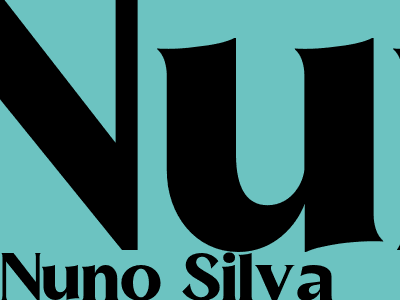SEO Content Writing: A Comprehensive Guide to Creating High-Quality, Search Engine-Friendly Content
Introduction
In today's digital landscape, content is king. And when it comes to content marketing, SEO (search engine optimization) is essential for driving organic traffic to your website. SEO content writing is the art of creating content that not only provides value to readers but also ranks well in search engine results pages (SERPs).
If you want your content to be seen by as many people as possible, it's important to understand the basics of SEO content writing. In this guide, we'll cover everything you need to know to create high-quality, search engine-friendly content.
Keyword Research
The first step to SEO content writing is keyword research. Keyword research is the process of identifying the keywords and phrases that your target audience is searching for. Once you know what keywords your audience is searching for, you can incorporate those keywords into your content.
There are a number of different ways to do keyword research. You can use Google Keyword Planner, SEMrush, or Ahrefs to find keywords that are relevant to your topic. You can also use Google Trends to see what topics are trending in your industry.
Content Structure
The structure of your content is also important for SEO. Search engines prefer content that is well-organized and easy to read. Use headings and subheadings to break up your content into smaller sections. This will make your content more scannable and easier for readers to find the information they're looking for.
You should also use bullet points and lists to make your content more visually appealing. This will help readers skim your content and find the information they're looking for quickly.
Content Length
The length of your content is also a factor in SEO. Search engines tend to favor longer content that provides more value to readers. Aim to write content that is at least 1,000 words long.
However, it's important to note that content length is not the only factor that matters. The quality of your content is more important than the length. Make sure your content is well-written, informative, and engaging.
Internal Linking
Internal linking is the process of linking to other pages on your website from within your content. Internal linking helps search engines understand the structure of your website and it can also help readers find other relevant content on your site.
When you're internal linking, make sure to use relevant anchor text. Anchor text is the text that appears on the link. It should be descriptive and it should accurately reflect the content of the page you're linking to.
External Linking
External linking is the process of linking to other websites from within your content. External linking can help you build relationships with other websites and it can also help you provide your readers with more information on the topic you're writing about.
When you're external linking, make sure to link to reputable sources. You should also make sure that the links are relevant to the topic you're writing about.
Image Optimization
Images can help make your content more visually appealing and they can also help you improve your SEO. When you're adding images to your content, make sure to optimize them for SEO.
To optimize images for SEO, you should use descriptive file names and alt tags. Alt tags are short descriptions of your images. They help search engines understand what your images are about and they can also help your images appear in image search results.
Conclusion
SEO content writing is an essential part of any digital marketing strategy. By following the tips in this guide, you can create high-quality, search engine-friendly content that will help you attract more visitors to your website.

Comments